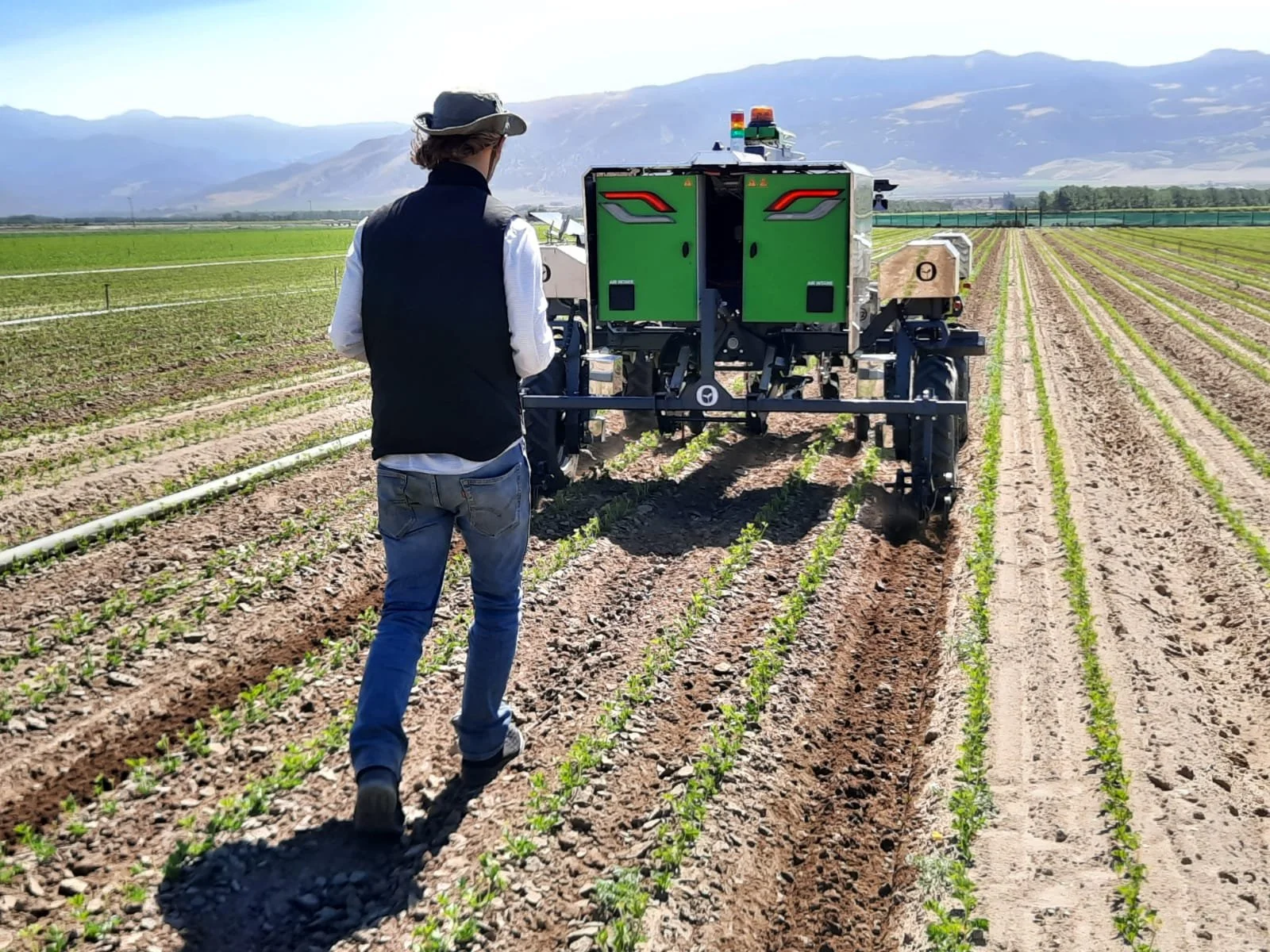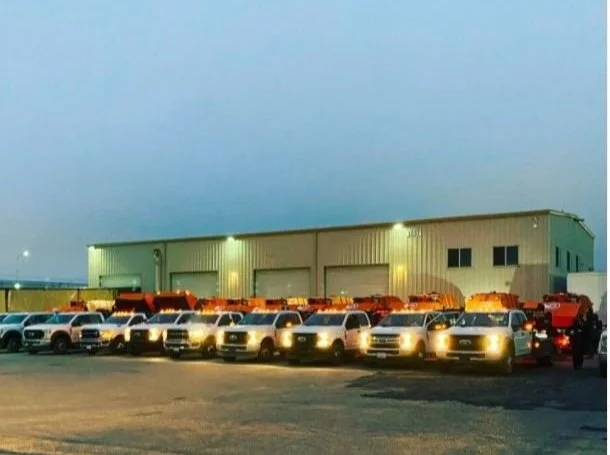Are agricultural robots a good investment ?
“Making your project a success.”
If agricultural robotics is new for you, you should have a look on this previous article : « Understanding the agricultural robotics revolution : the alternative that agriculture has been waiting for ! » . Agricultural robotics is a fascinating subject. Robot manufacturers do not hesitate to show their ambition and the advantages that their machine brings. But what about on the field ? Should you invest in these technologies ? How should you invest ? What profitabilty can you expect ? Today, we are going to see three of the most important criteria to consider before purchasing a robot, based on my farmer’s origin perspectives and my experiences in robotics.
The maturity of the product
This criteria will depend on your expectations and needs. For the moment, only milking robots have reached a certain stability and technological maturity. The agricultural robots that evolve in our fields, weeding, seeding, spraying, or harvesting, are still at the beginning of their commercialization, or even in development phase. And when thinking about buying a robot, it is important to understand what phase the product is in.
The longer you wait for a product to mature, the more you can be sure that the product will be reliable and require little maintenance. There will be fewer constraints with the product and the return on investment will be faster.
The earlier you invest in a technology, the more you can directly impact the development of the product by becoming a privileged partner. The product can then be shaped to your problematic and your operation will be ahead in its development.
Maturity of the different technologies on the market. Source from IDTech, FIRA, Roland Berger
The costs of implementation
The automation of agricultural tasks represents an enormous potential in the long term, but there are implementation costs to be considered. To be able to calculate these costs, you must look at several things:
Be aware of the constraints of using the robot and make sure that they can adapt to your farm and the current crop configurations. This will give you an idea of the area of action of the robot and the investments needed to implement this solution.
Find out about the complexity of the machine, how does it works, how to adjust it, and how to repair it, in order to identify the training and personnel needed for the robot to work properly.
Think about the logistical aspect. If robots are autonomous, usually we have to bring them to the plot. It is also necessary to find out about the autonomy of the machine, its recharging, and the time needed to adjust it. If you have the possibility to organize a demonstration at your place, it is the opportunity to study this criterion.
Once these main data are studied, you have all the keys in hand to calculate the profitability of your project.
Fleet of Titan FT35 ready to start weeding, Photo from @farmwiselab
Bakus on a trailer, ready to go to work, Photo from Maxence
Calculate the break-even point
The value of a robot varies according to its capacities and its field of action. From $20,000 for a few hectares of capacity, to $500,000 for a capacity of several dozen hectares.
To make the robot profitable, it is necessary to focus on high value-added crops such as vineyards, market gardening, orchards, and berries. On these crops, you must identify repetitive tasks that are costly in terms of time and/or manpower. Usually the robots on the market are often focused on these markets. Then, it is important to calculate the cost of your current solution, considering the globality of the costs and their evolution: machine cost, labor cost, productivity, operating cost... The same thing must be done with the robot solution: purchasing cost, productivity, daily autonomy, operating and implementation cost ... If it seems less obvious for you, you can get help from a product specialist as AgTech Market.
Once all the data is clear, you can compare the two solutions and see wif the break-even point is in your target.
Example of a break-even point study, based on field data. From AgTech Market
Here we have the example of the profitability study for a weeding control system. On one side, we have the current situation, a rented tractor plus a purchased implemented tool and a tractor driver. On the other we have a purchased robot without any operator. We can see in the condition of this project, that the break-event will arrive middle of the 3rd year.
In conclusion
Making the choice to robotize your farm can be a long-term investment, so there are many other points to take into account. Like the fact that this technology is still young and far from having reached its full capacity. For now, it is still difficult to predict where the development of robotic will end. I will soon discover farmers who have taken the step to invest in robotics. This will be an opportunity to get their feedback, their advice and to better understand how they make their machine profitable.
You have a project in mind ? You are thinking about investing in a new technologic solution ? You would like to have a specialist feedback to study the reliability of the project ?
WANT TO LEARN MORE ABOUT ROBOTS AND THEIR EVOLUTION, THESE MAY HELP YOU !
Want to better understand new agricultural technologies ?
What do other farmers think about robotics and investment ?
The Family Farm | Conventionnal Field Crops Farms in France
Robot in the vineyard : Replace Glyphosate robotic soil cultivation | French wine grower experience with a robot
Robot in the vineyard : Saving time by automating soil cultivation | French wine grower experience with a robot







